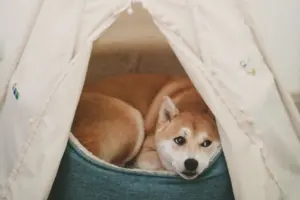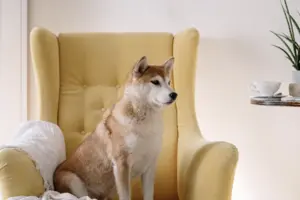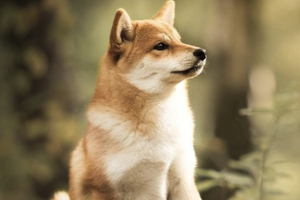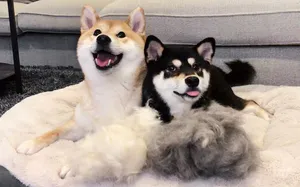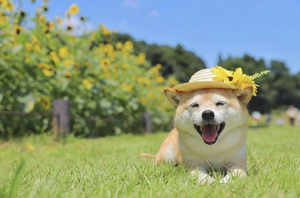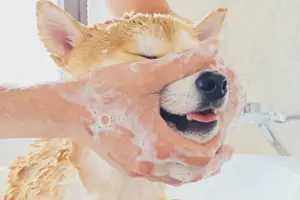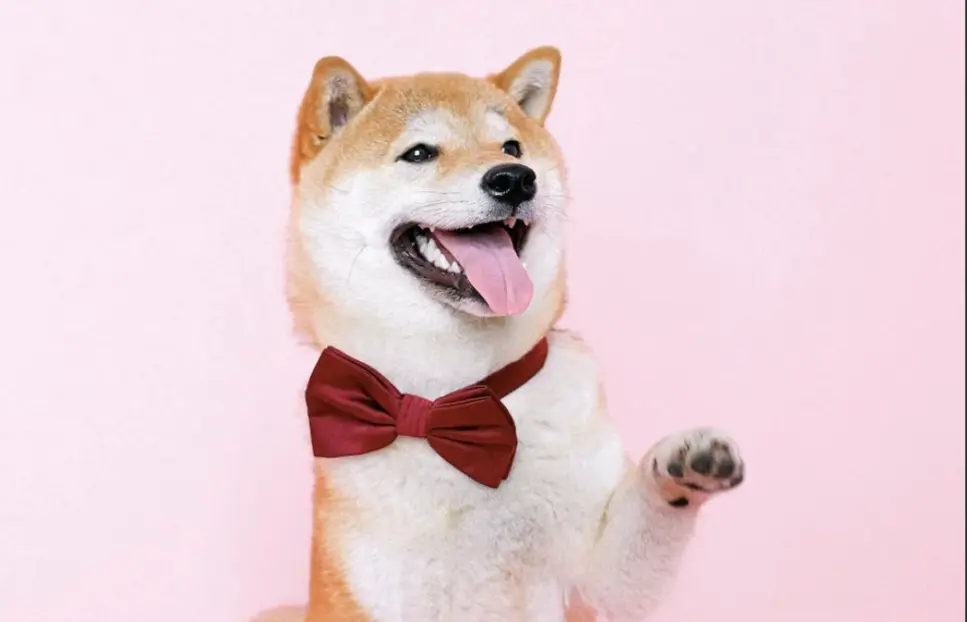
Shiba Inus are known for their expressive body language. They communicate through a combination of facial expressions, body posture, tail wagging, and vocalizations. Understanding their body language can help us better interact with them and strengthen our bond. In this blog, we will explore the various ways Shiba Inus communicate through their body language and what it means. By the end of this blog, you will have a better understanding of your Shiba Inu’s behavior and be able to communicate with them more effectively.
The Importance of Body Language in Shiba Inus
Body language plays a crucial role in Shiba Inu communication. They use it to convey their emotions, needs, and intentions to their owners and other dogs. Understanding their body language can help prevent misunderstandings and conflicts, as well as strengthen our bond with them. It’s important to pay attention to their body language and respond accordingly to ensure a positive and happy relationship. In the following sections, we will explore the different components of Shiba Inu body language and what they mean.
Facial Expressions
Shiba Inus have a wide range of facial expressions that they use to communicate with their owners and other dogs. Some of the most common expressions include the happy face, relaxed face, and fearful face. The happy face is characterized by a relaxed mouth and eyes, with the ears pointed forward. The relaxed face is similar but with the mouth slightly open and the tongue hanging out. On the other hand, the fearful face is characterized by a closed mouth, wrinkled forehead, and wide eyes. It’s important to recognize these expressions and respond accordingly to ensure a positive and happy relationship with your Shiba Inu.
Tail Wagging
Tail wagging is another important component of Shiba Inu body language. They use it to convey their emotions and intentions. However, not all tail wagging means the same thing. A slow and steady wag usually indicates a relaxed and content state, while a rapid and vigorous wag can signal excitement or aggression. A tail that is held high and wagging can indicate confidence and dominance, while a tail that is tucked between the legs can indicate fear or submission. It’s important to pay attention to the different tail wagging patterns and respond accordingly to ensure a positive and happy relationship with your Shiba Inu.
Body Posture
Shiba Inus use their body posture to communicate their emotions and intentions. The play bow, for example, is a common posture that indicates a desire to play. It’s characterized by a lowered front body with the tail wagging and the hind legs standing. A submissive posture, on the other hand, is characterized by a lowered body with the tail tucked between the legs and the ears back. It’s a sign of respect and submission. A dominant posture is characterized by a tall and erect body with the tail held high and the ears forward. It’s a sign of confidence and dominance. It’s important to recognize these postures and respond accordingly to ensure a positive and happy relationship with your Shiba Inu.
Vocalizations
Shiba Inus use vocalizations to communicate their emotions and needs. Barking is the most common vocalization, and it can indicate a range of emotions, from excitement to fear. Growling is another vocalization that can indicate aggression or warning to other dogs or humans. Whining is a vocalization that can indicate discomfort or a desire for attention. It’s important to recognize these vocalizations and respond accordingly to ensure a positive and happy relationship with your Shiba Inu. By paying attention to their vocalizations, you can better understand their needs and emotions.
Putting it All Together
Shiba Inus use a combination of facial expressions, tail wagging, body posture, and vocalizations to communicate their emotions and needs. By paying attention to all of these components, you can better understand what your Shiba Inu is trying to tell you. For example, a happy face with a relaxed body and a slow tail wag can indicate contentment, while a fearful face with a tucked tail and a growl can indicate fear and aggression. It’s important to recognize these combinations of body language and respond accordingly to ensure a positive and happy relationship with your Shiba Inu. By understanding their communication, you can strengthen your bond with them and provide them with the care and attention they need.
Shiba Inus are known for their expressive body language, and understanding it can help us better interact with them and strengthen our bond. By recognizing their facial expressions, tail wagging, body posture, and vocalizations, we can better understand their emotions and needs. It’s important to respond appropriately to their communication to ensure a positive and happy relationship with your Shiba Inu. By improving your understanding of their body language, you can provide them with the care and attention they need and strengthen your bond with them. Remember to always pay attention to their communication and respond accordingly to ensure a happy and healthy relationship with your Shiba Inu.

